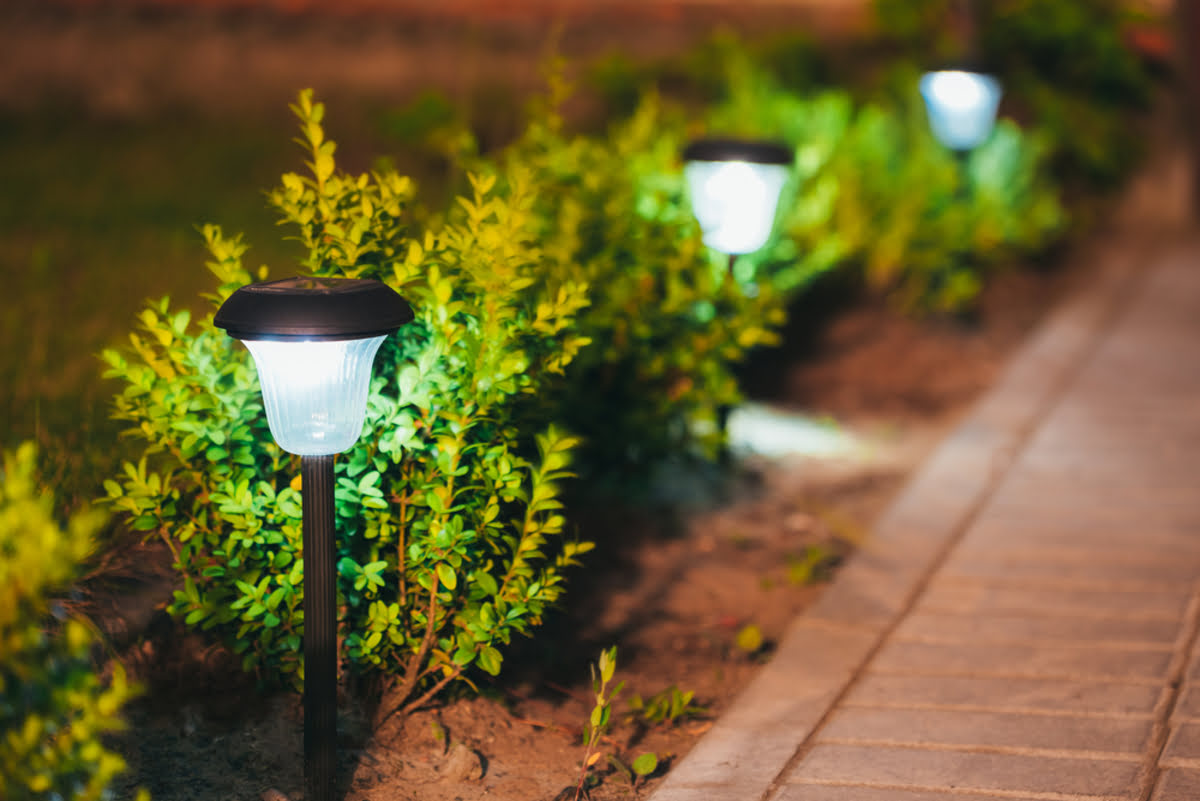

Articles
How To Store Solar Lights
Modified: December 7, 2023
Learn the best methods for storing solar lights in this helpful article. Discover tips and tricks to ensure their longevity and optimal performance.
(Many of the links in this article redirect to a specific reviewed product. Your purchase of these products through affiliate links helps to generate commission for Storables.com, at no extra cost. Learn more)
Introduction
Solar lights are a popular and eco-friendly option for outdoor lighting. They harness the power of the sun to illuminate pathways, gardens, and outdoor living spaces with minimal environmental impact. As the days grow shorter and colder, you may be wondering how to properly store your solar lights to ensure their longevity and optimal performance. In this guide, we will discuss the steps you can take to store your solar lights correctly.
Proper storage is essential to protect your solar lights from damage caused by extreme weather conditions, moisture, and other environmental factors. By following these tips, you can extend the lifespan of your solar lights and ensure they are ready to shine bright when you need them again.
Key Takeaways:
- Properly storing solar lights in a dry, cool location away from direct sunlight and extreme temperatures can extend their lifespan and ensure optimal performance when needed.
- Regular maintenance, battery removal, and protective winter storage are key to preserving solar lights for long-term use, providing illumination and ambiance for years to come.
Read more: How To Fix Outdoor Solar Lights
Location
When considering where to store your solar lights, it is important to choose a location that is dry, cool, and sheltered. Avoid storing them in areas that experience extreme temperatures or fluctuations, such as attics or garages that are not temperature-controlled. High heat or cold can affect the performance and lifespan of the batteries and other components.
If possible, find a place indoors, like a basement or a storage room, where the temperature remains relatively stable throughout the year. This will protect your solar lights from temperature extremes and reduce the risk of damage.
It is also important to keep your solar lights away from direct sunlight during storage. Although solar lights are designed to be exposed to sunlight, prolonged exposure can cause excessive heat buildup and potentially damage the solar panels or other components. Alternatively, you can cover the solar panels with a cloth or place them in a storage container.
Cleaning and Maintenance
Prior to storing your solar lights, it is important to clean them thoroughly to remove any dirt, debris, or residue that may have accumulated over time. This will not only help to maintain their appearance but also ensure that they function optimally when you take them out of storage.
Start by gently wiping the solar panels with a clean, damp cloth to remove any dust or dirt. Avoid using harsh chemicals or abrasive materials, as they can damage the panels. If there are stubborn stains or residue on the panels, you can use a mild soap solution or a specialized solar panel cleaner following the manufacturer’s instructions.
Next, inspect the lights for any loose connections or damage. Make sure that all wires are intact and securely connected. If you notice any issues, such as loose screws or damaged parts, take the time to repair or replace them before storing the lights.
Additionally, check the batteries and replace them if needed. Over time, the batteries in solar lights may lose their ability to hold a charge effectively. By replacing them before storage, you can ensure that your lights will be ready to use when you retrieve them.
Finally, remove any insects or pests that may have taken up residence in your solar lights. This can be done by gently shaking the lights or using a soft brush to dislodge any debris. Keeping your lights free from insects and pests will prevent damage and ensure their proper functioning in the long run.
Battery Removal
When storing solar lights, it is important to remove the batteries to prevent any potential damage or leakage. This step is especially crucial if you live in an area with freezing temperatures during the winter months.
To remove the batteries, follow these simple steps:
- Switch off the solar lights and disconnect them from any power source.
- Locate the battery compartment on each light. This is usually located at the bottom or back of the light.
- Open the battery compartment cover. This may require using a screwdriver or simply sliding the cover off.
- Gently remove the old batteries from the compartment.
- Inspect the battery compartment for any signs of corrosion or damage. Wipe it clean if necessary.
- Insert fresh batteries into the compartment, following the correct polarity markings (positive and negative) on the batteries.
- Close the battery compartment cover securely.
By removing the batteries, you minimize the risk of them becoming damaged due to extreme temperature changes, which can cause leakage or reduce their lifespan. Additionally, removing the batteries also lowers the risk of corrosion within the solar lights, ensuring that they will function properly when you need to use them again.
Store solar lights in a dry, cool place when not in use to prevent damage from extreme temperatures and moisture. Remove the batteries and store them separately to prolong their lifespan.
Storage Conditions
Selecting the right storage conditions for your solar lights is crucial to ensure their longevity and optimal performance. Here are some important factors to consider:
- Keep your solar lights in a dry environment to avoid moisture damage. Moisture can corrode the internal components and affect the functionality of the lights.
- Choose a storage location that is well-ventilated to prevent musty odors or mold growth. Adequate airflow will help maintain the integrity of the lights.
- Store your solar lights in a secure place, away from potential hazards or accidental damage. This will protect them from being knocked over or bumped, which can cause physical harm to the lights.
- Avoid stacking or overcrowding your stored solar lights. This can lead to damage or deformation of the lights and their parts. If you need to stack them, place a soft material between each light for cushioning.
- Consider using a storage container or bin to keep your solar lights organized and protected. Ensure that the container is clean and dry before placing the lights inside.
Remember to label or mark the storage container to easily identify it in the future. This will save you time searching for the lights when you need them next season.
By considering these storage conditions, you can help prolong the lifespan of your solar lights and ensure that they are in top condition when you take them out of storage.
Read more: How To Choose Solar Decking Lights
Winter Storage
Winter can be particularly harsh on solar lights due to freezing temperatures and inclement weather. Proper winter storage is essential to protect your solar lights from damage and ensure they are ready to shine brightly in the spring. Here are some key steps to follow when storing your solar lights during the winter months:
- Clean and inspect your solar lights as mentioned earlier in this guide.
- Remove the batteries from each light to prevent any potential freezing or damage. Store the batteries in a separate dry and cool place.
- Place the solar lights in a storage container, wrapping them in a protective material such as bubble wrap or old blankets. This will prevent them from bumping into each other and minimize the risk of damage.
- Ensure that the storage container is sealed tightly to keep out moisture and pests. If possible, place moisture-absorbing packets or desiccants in the container to help control humidity.
- Find a dry and cool location for winter storage. It should be away from extreme temperature fluctuations and protected from the elements.
- Label or mark the storage container clearly to ensure easy identification when you need to retrieve your solar lights in the spring.
Remember that winter storage is not just about protecting the solar lights, but also about preserving the batteries. Keeping batteries in a separate dry and cool place will help extend their lifespan and prevent damage.
By following these steps, you can ensure that your solar lights are well-protected during the winter months and are ready to bring light and ambiance to your outdoor space when the weather warms up again.
Tips for Long-Term Storage
If you plan on storing your solar lights for an extended period, such as over the winter or during a period of non-use, there are a few additional tips you can follow to ensure they remain in optimal condition:
- Perform regular maintenance checks on your solar lights throughout the year, even during storage. This includes cleaning the solar panels, inspecting the wires and connections, and checking for any signs of damage. Address any issues promptly to prevent further damage.
- Consider removing the rechargeable batteries from the solar lights if you do not anticipate using them for an extended period. This can help prevent battery corrosion and prolong their overall lifespan.
- Store the solar lights in a climate-controlled environment if possible. Extreme temperatures, whether hot or cold, can impact the longevity and performance of the lights. Storing them in a stable temperature environment will help preserve their integrity.
- Keep the storage area organized and tidy. This will make it easier to retrieve the solar lights when needed and prevent any accidental damage from clutter or mishandling.
- Check the manufacturer’s recommendations for specific storage guidelines. Different types of solar lights may have different requirements, so it is always a good idea to refer to the manufacturer’s instructions for the optimal storage conditions.
By following these tips, you can ensure that your solar lights remain in top condition and are ready to provide illumination and ambiance when you decide to use them again.
Conclusion
Properly storing your solar lights is crucial to maintain their performance, protect them from damage, and extend their overall lifespan. By following the steps outlined in this guide, you can ensure that your solar lights are stored in the best possible conditions, ready to shine brightly when you need them.
Remember to clean your solar lights before storage, remove the batteries, and store them in a dry and cool location. Take extra precautions during the winter months to protect your lights from freezing temperatures and inclement weather. Organize your storage area and perform regular maintenance checks to address any issues promptly.
Additionally, follow the manufacturer’s instructions and consider any specific storage recommendations they may have for your particular solar lights. By doing so, you can guarantee that you are providing the best care possible for your lights.
By taking these steps, you can ensure that your solar lights remain in optimal condition and continue to illuminate your outdoor space for years to come. So, as the seasons change and it’s time to store your solar lights, remember these tips to protect your investment and enjoy their benefits for many more seasons to come!
Frequently Asked Questions about How To Store Solar Lights
Was this page helpful?
At Storables.com, we guarantee accurate and reliable information. Our content, validated by Expert Board Contributors, is crafted following stringent Editorial Policies. We're committed to providing you with well-researched, expert-backed insights for all your informational needs.

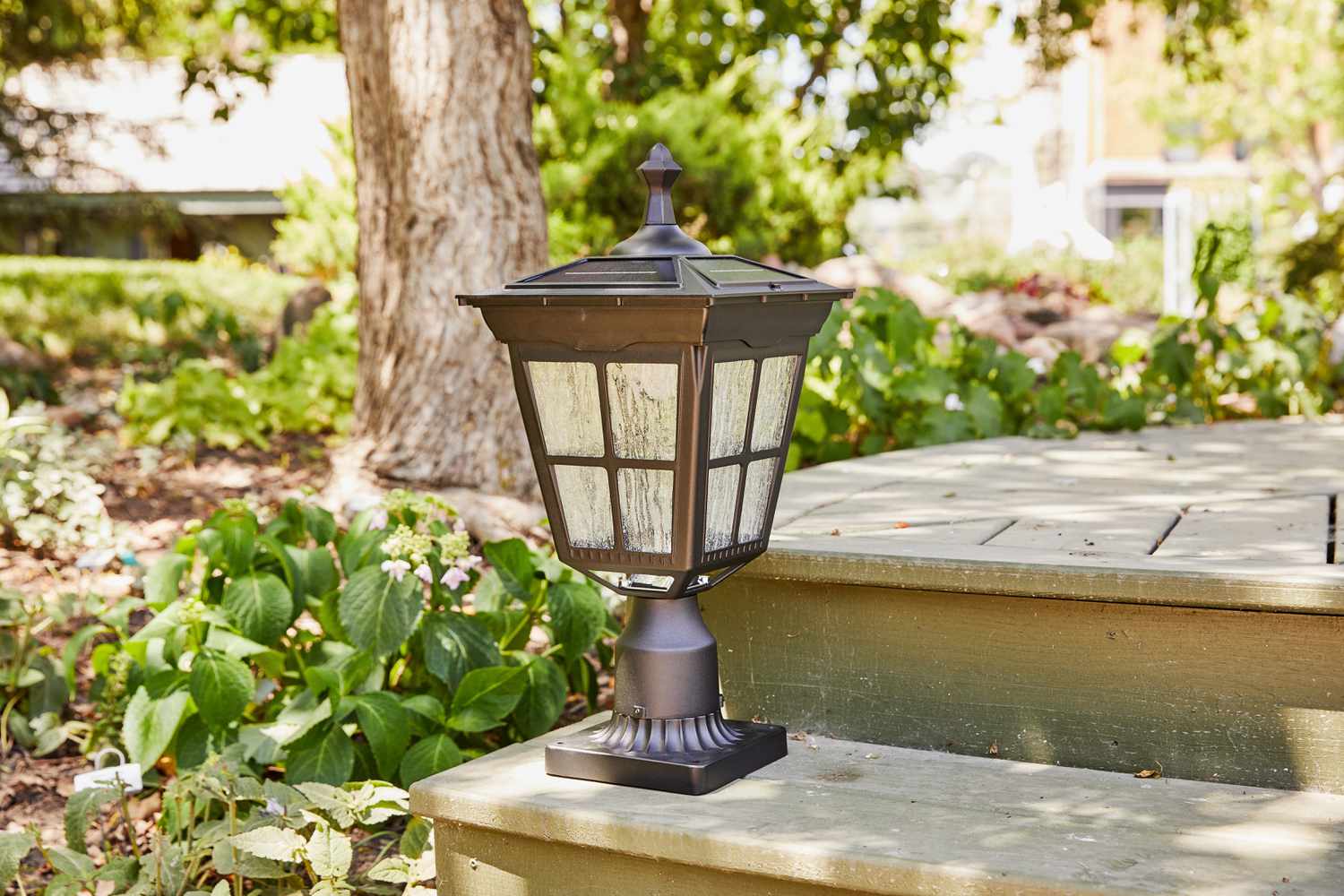
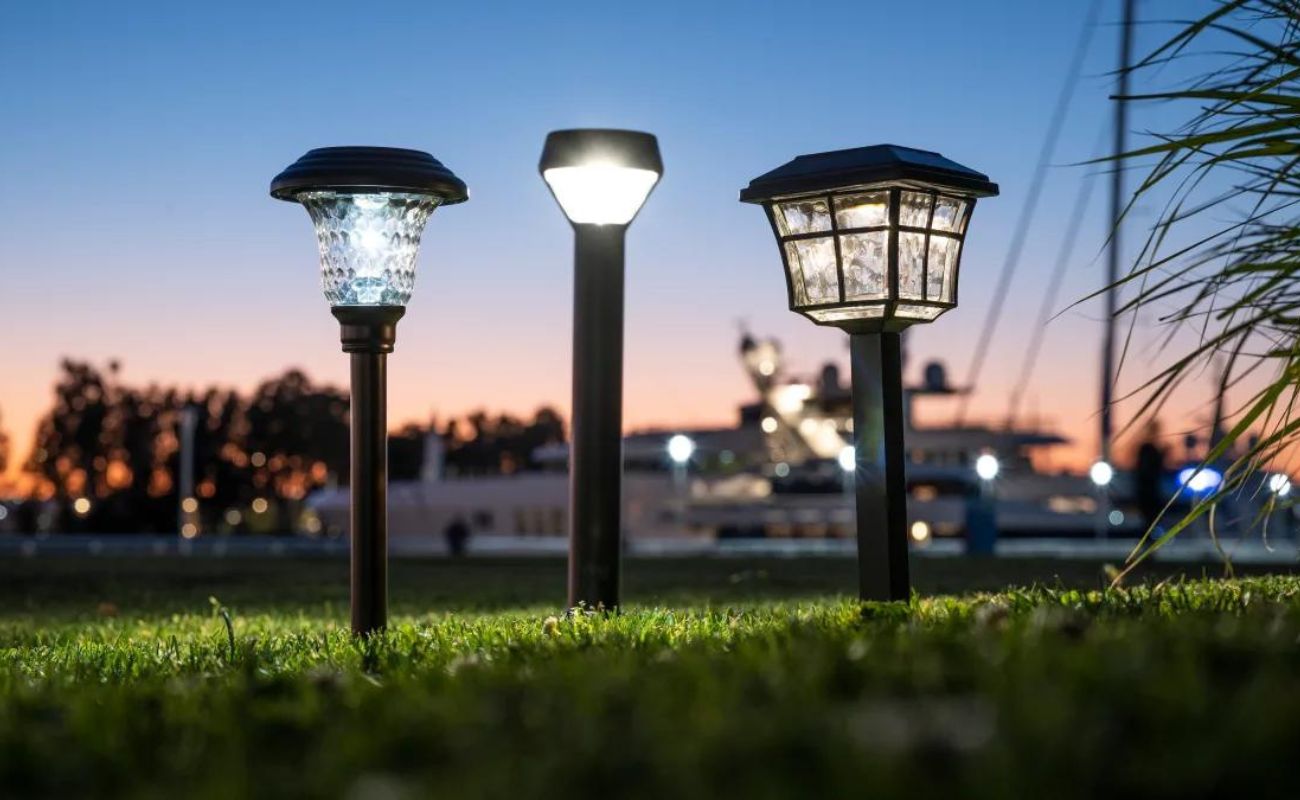
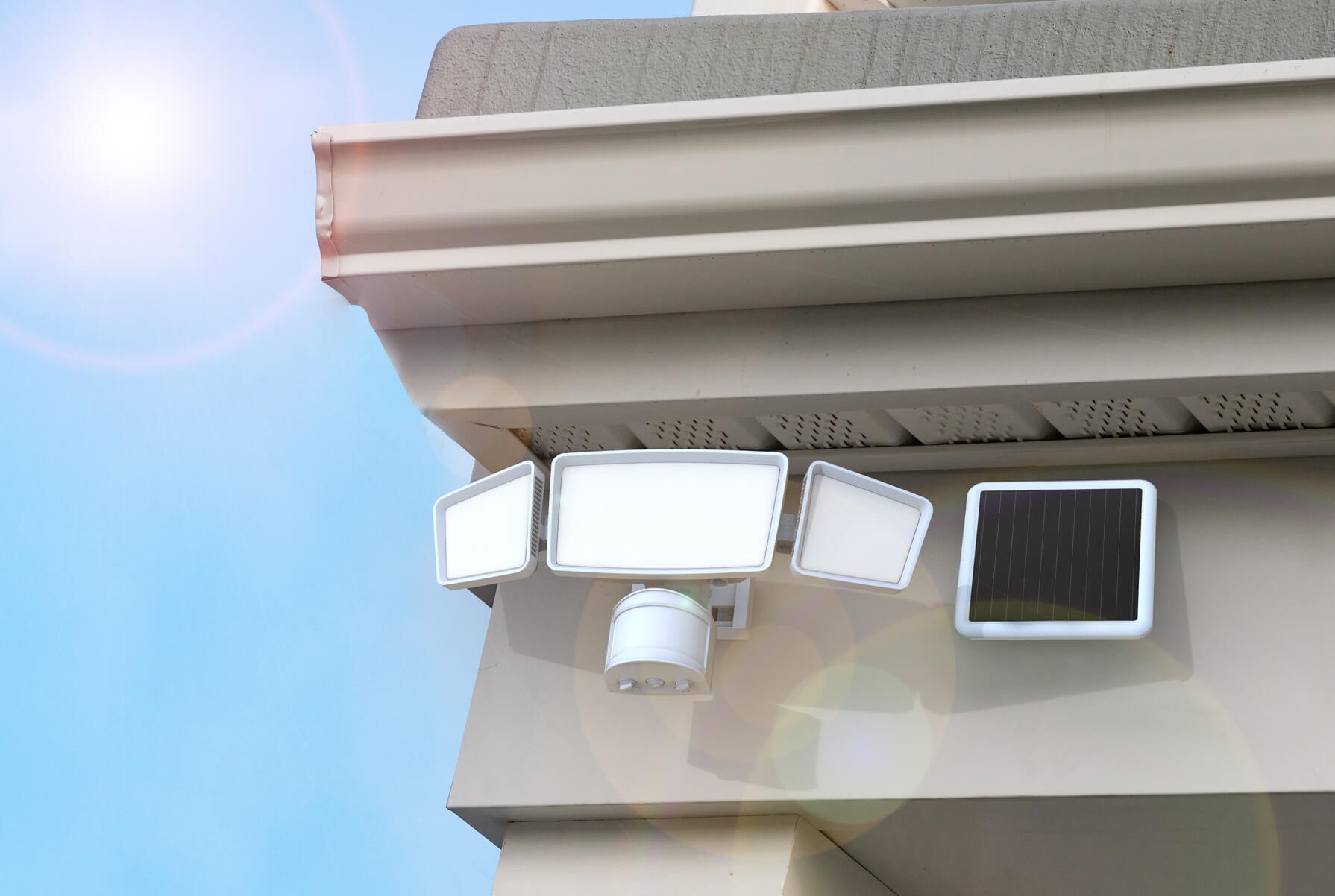
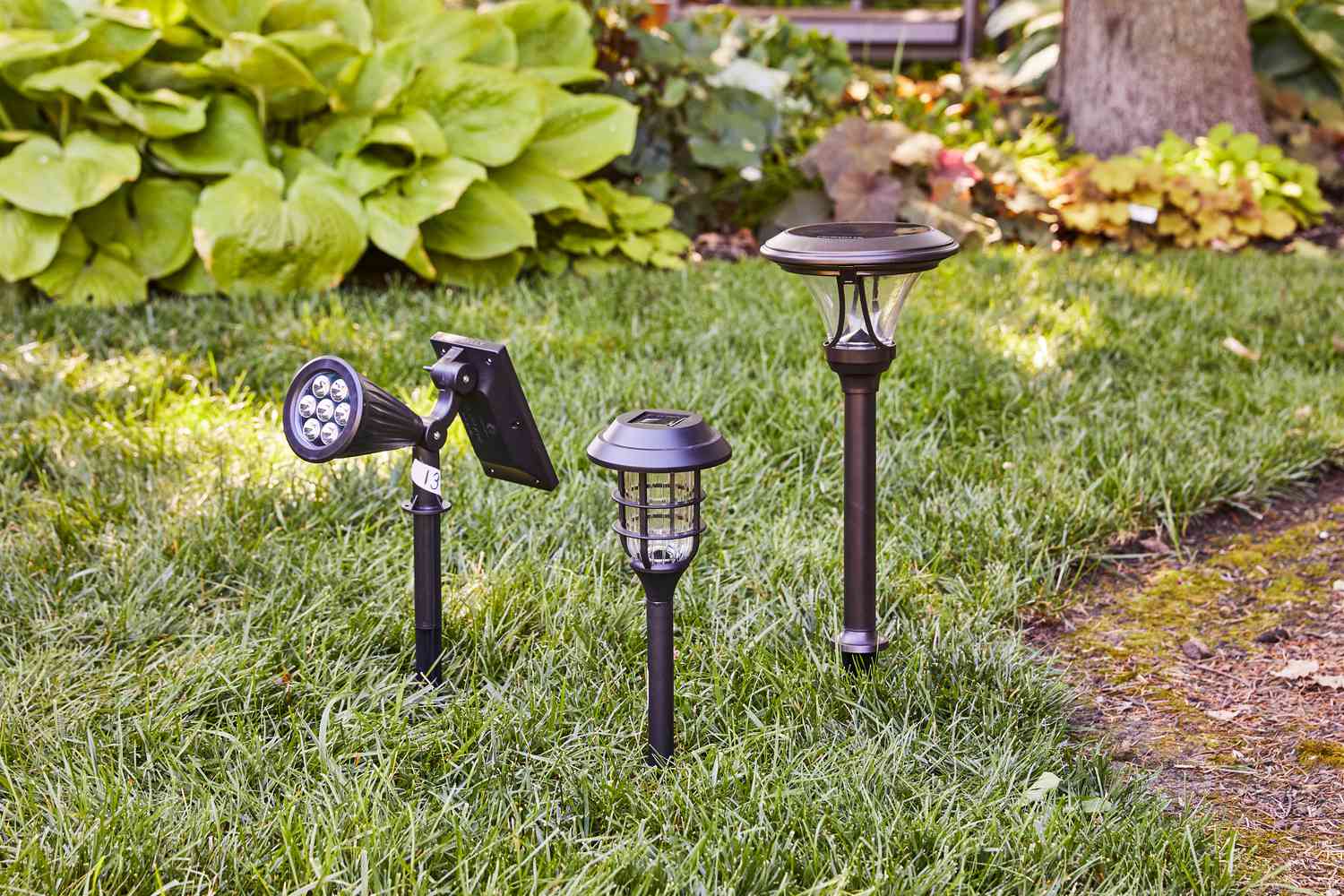
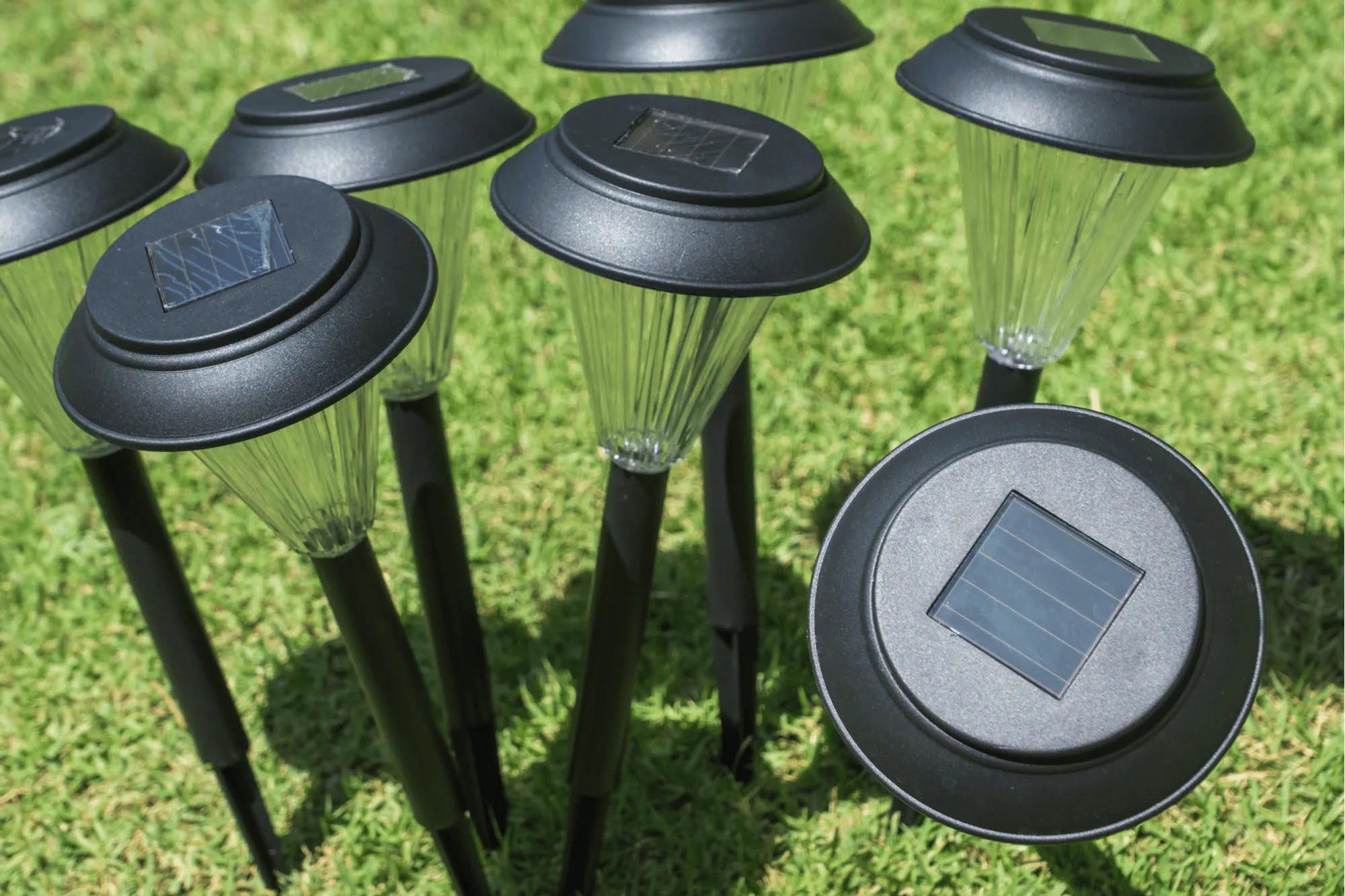
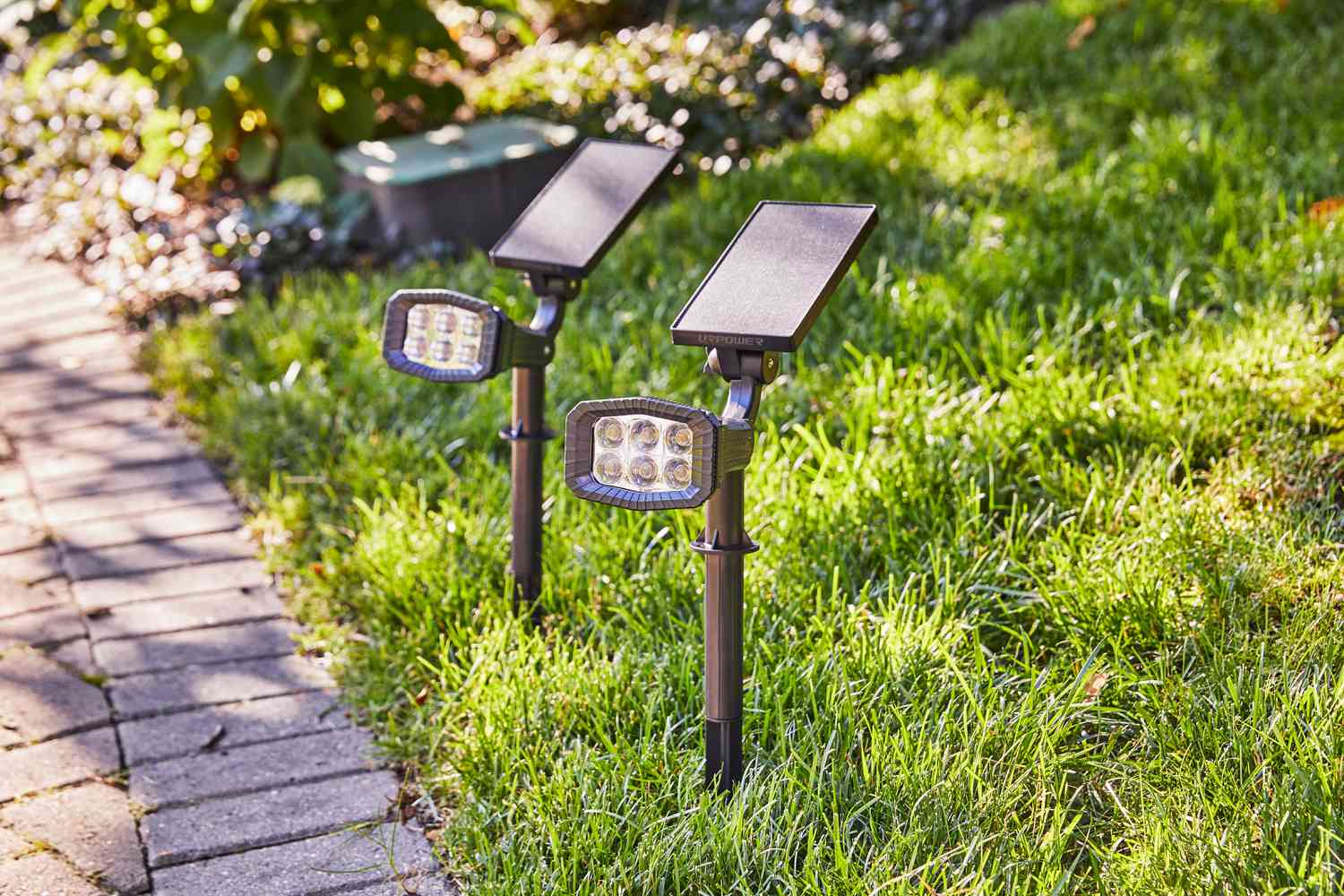
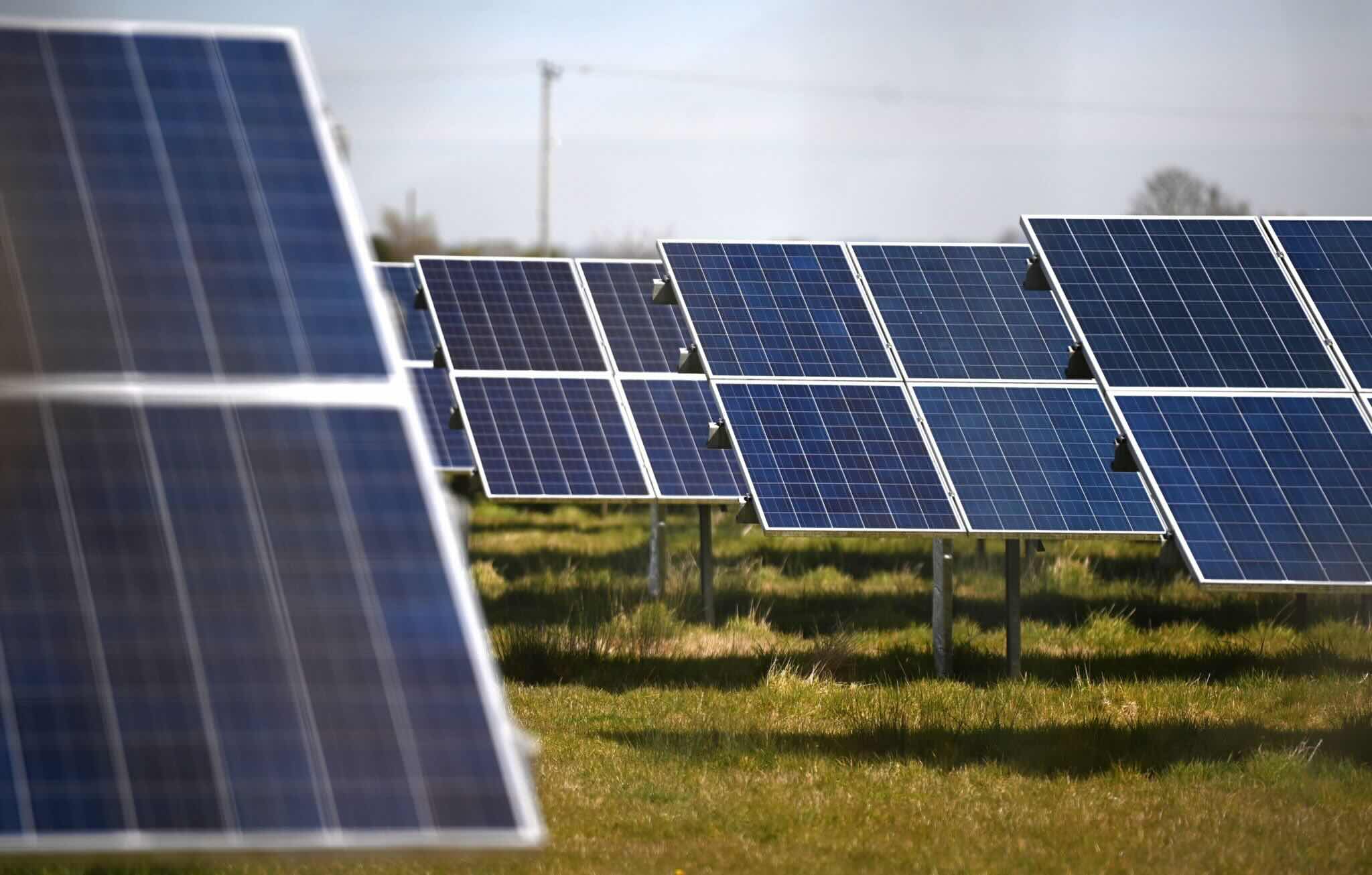
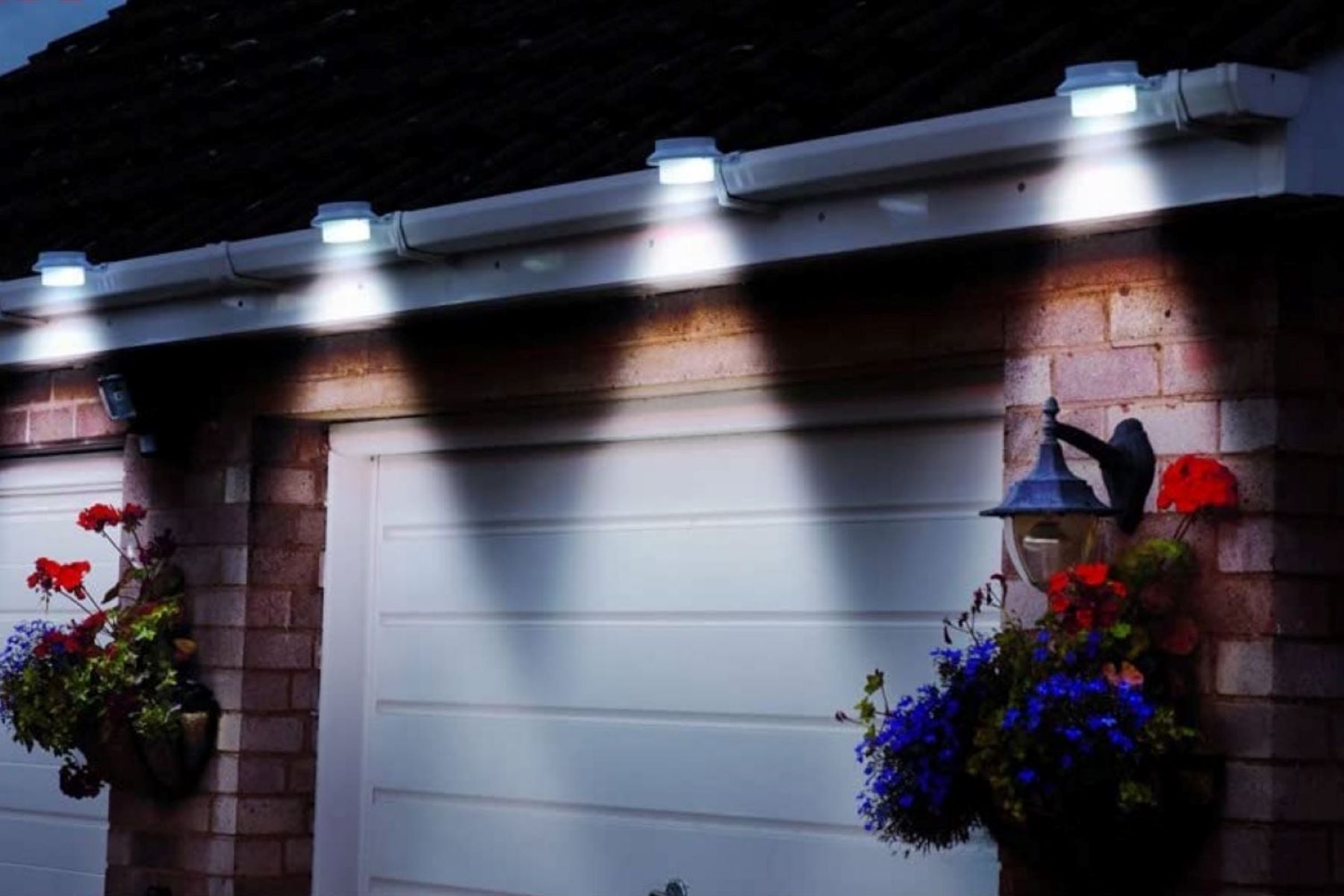
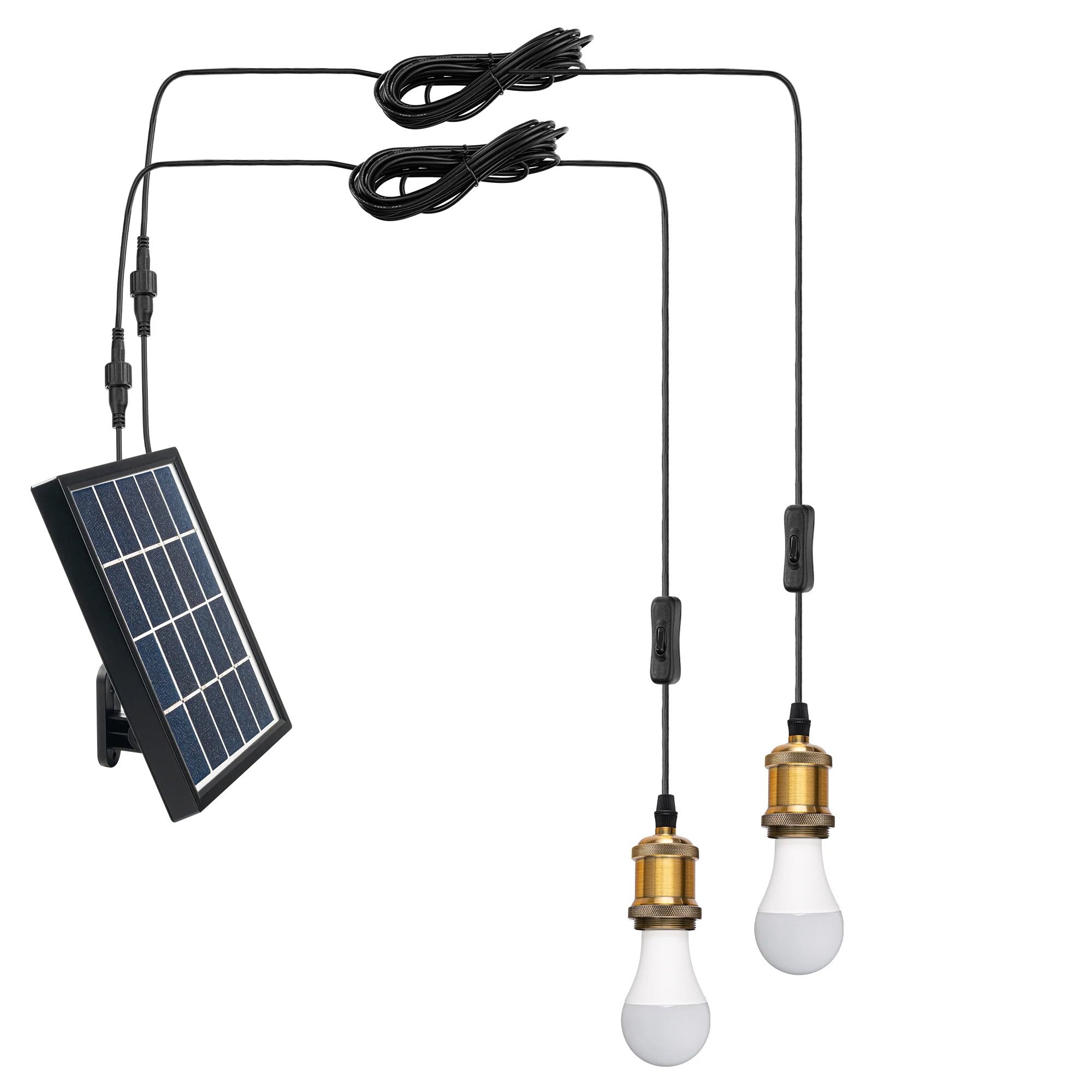
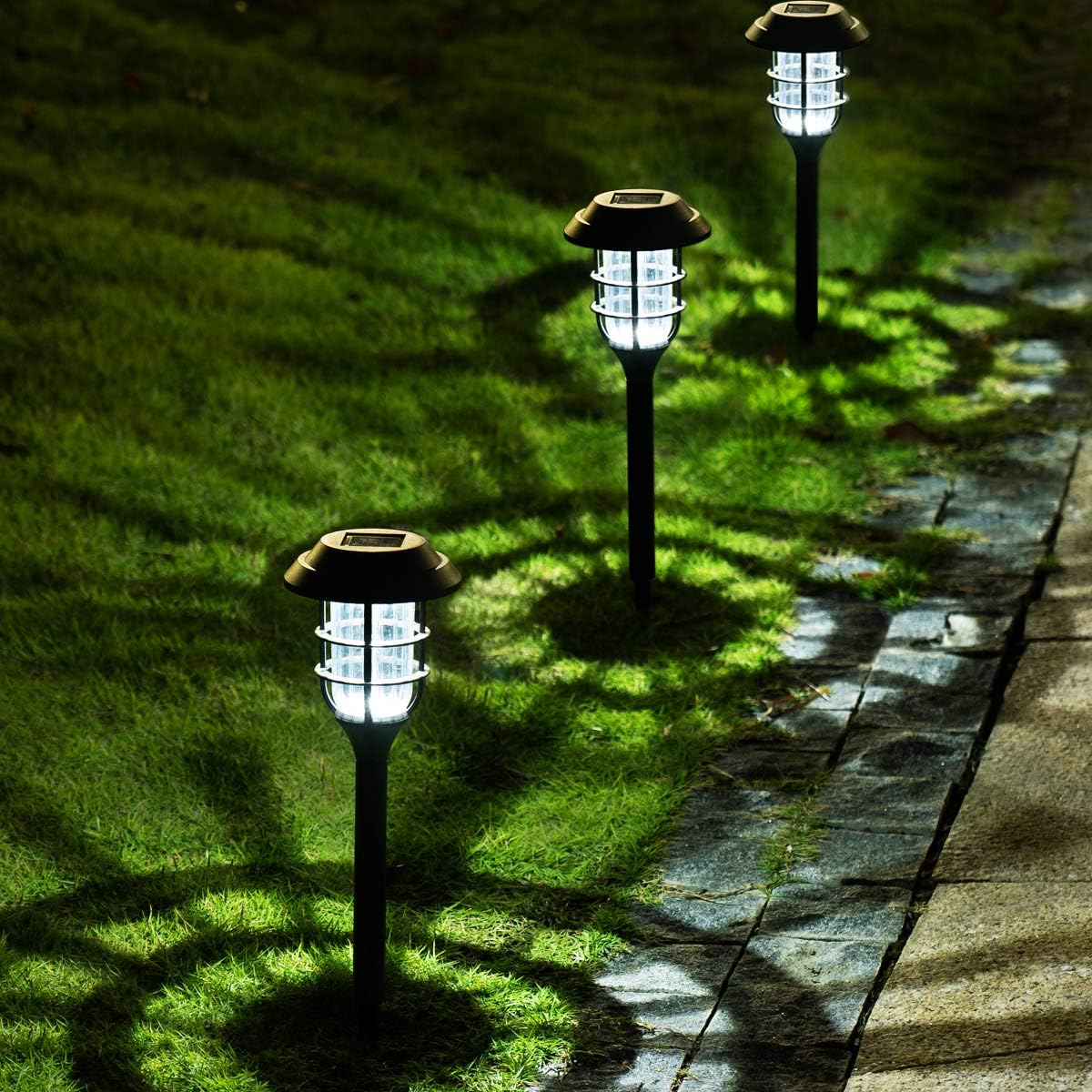
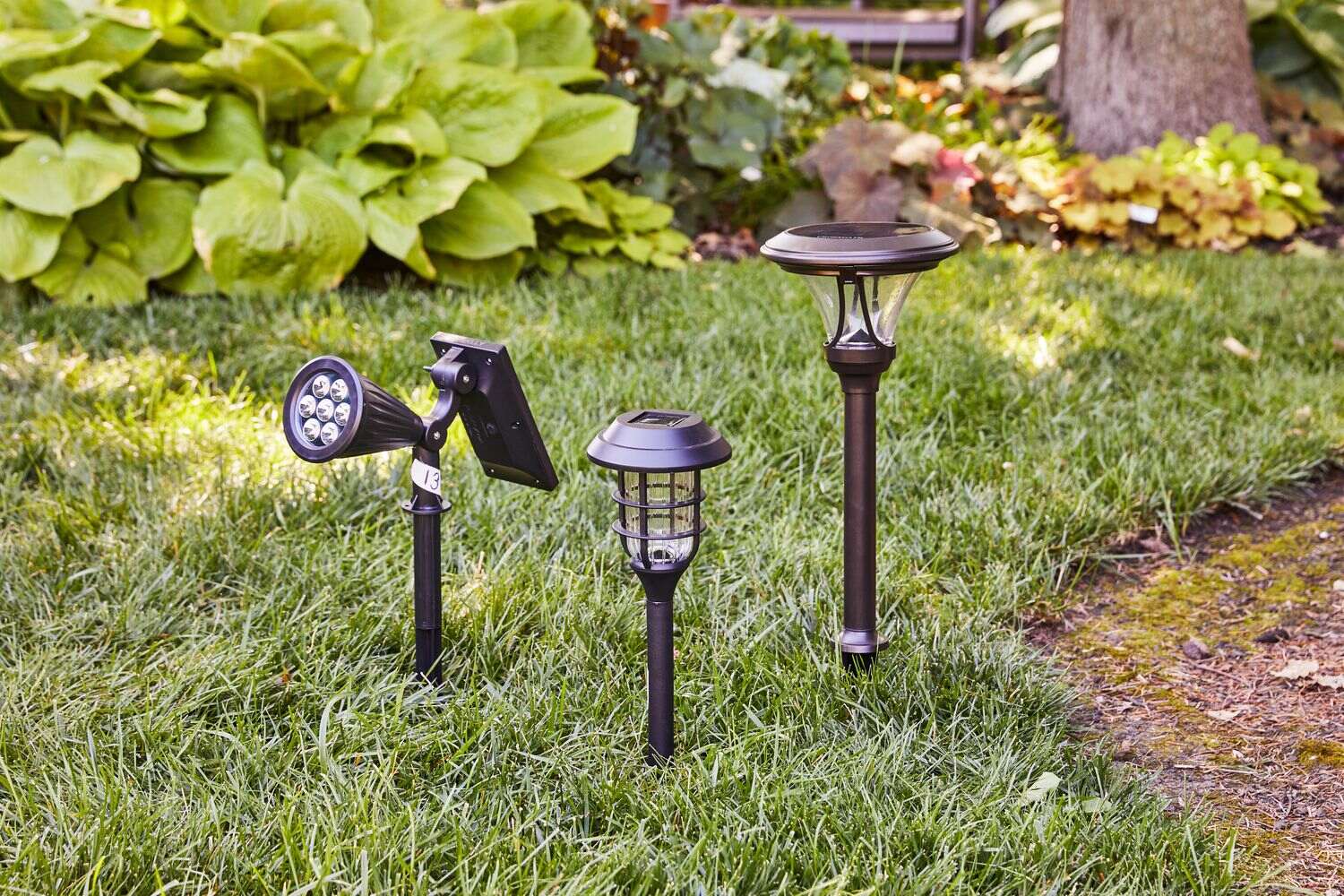
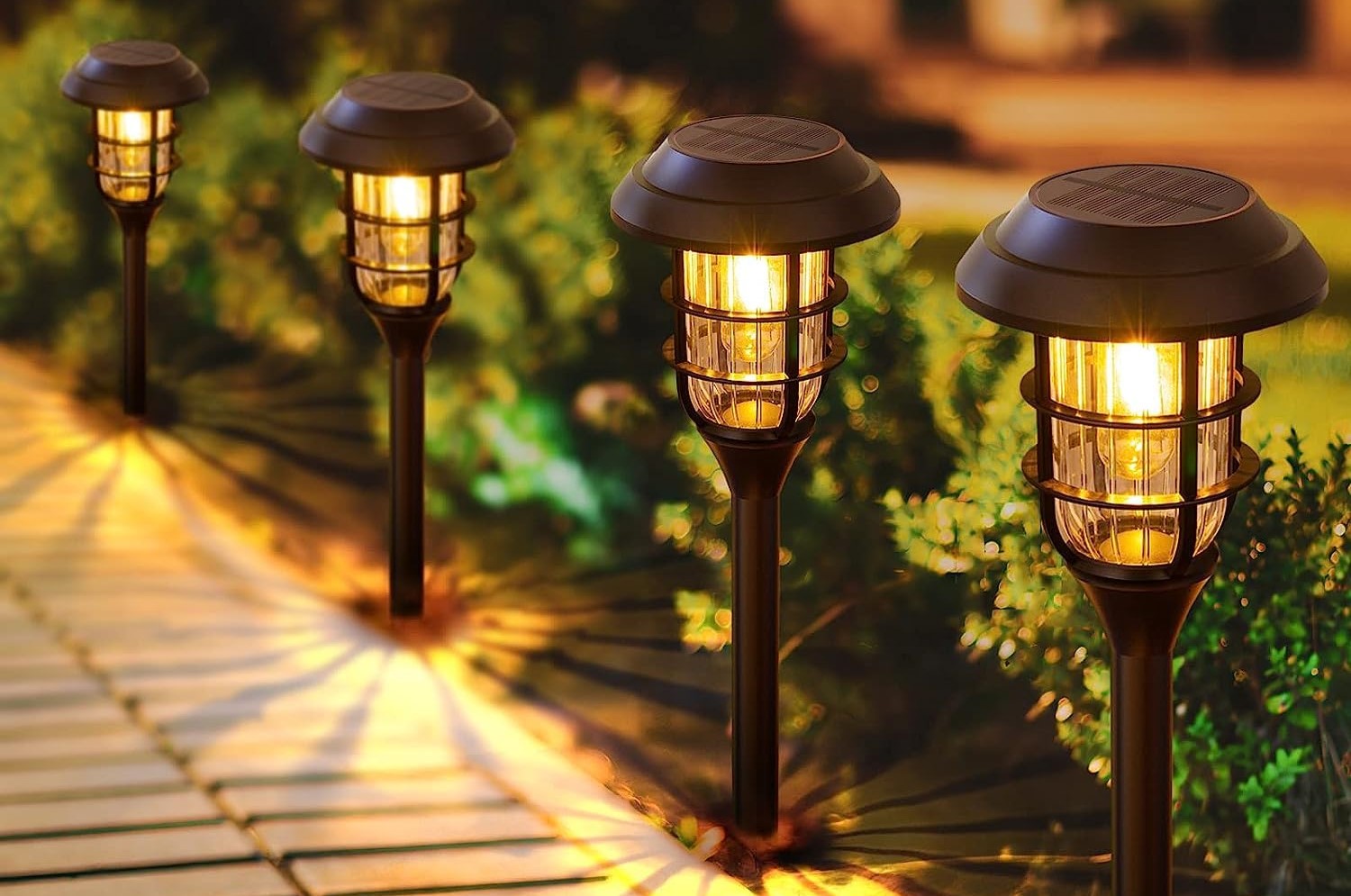
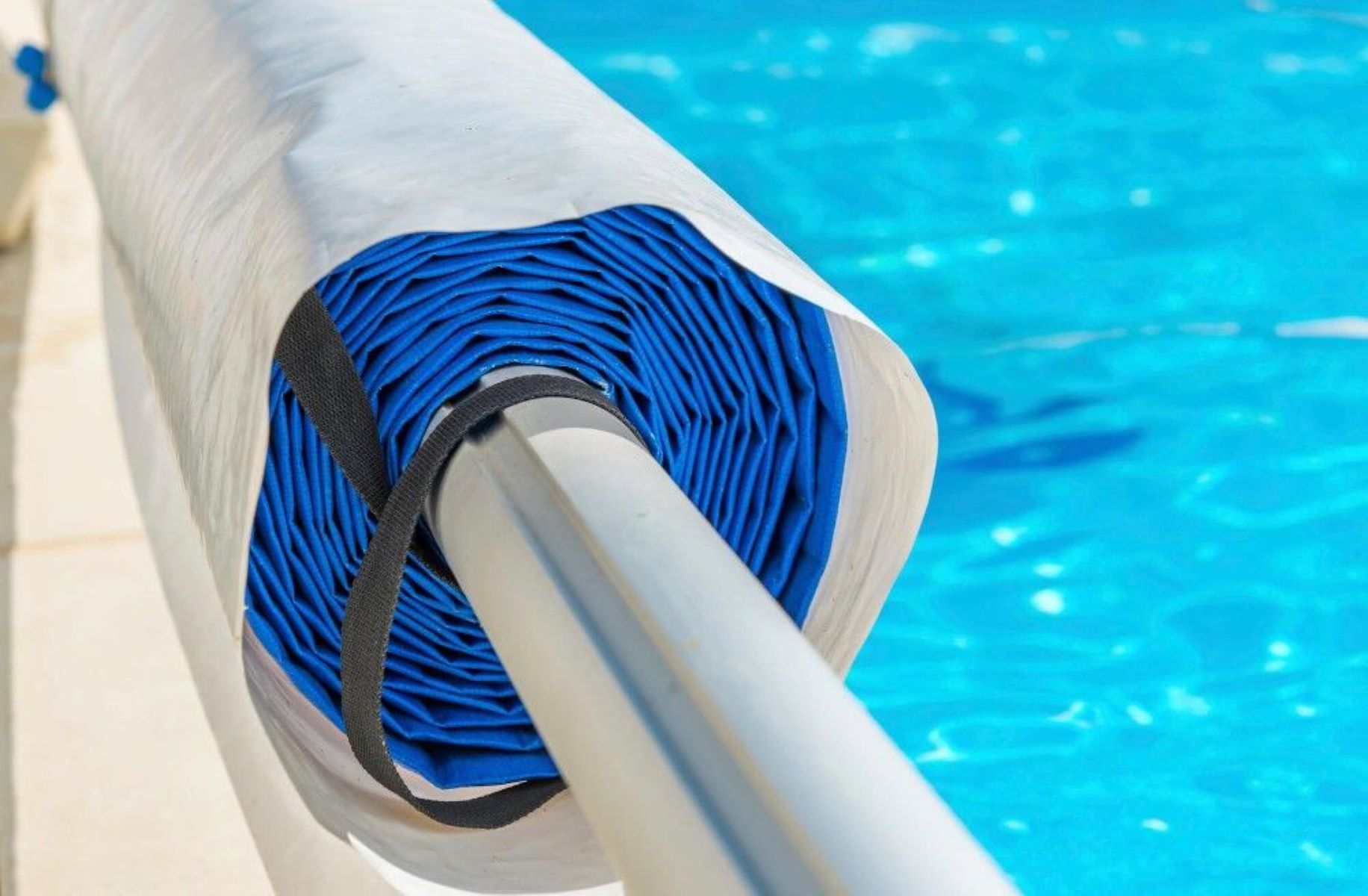

0 thoughts on “How To Store Solar Lights”